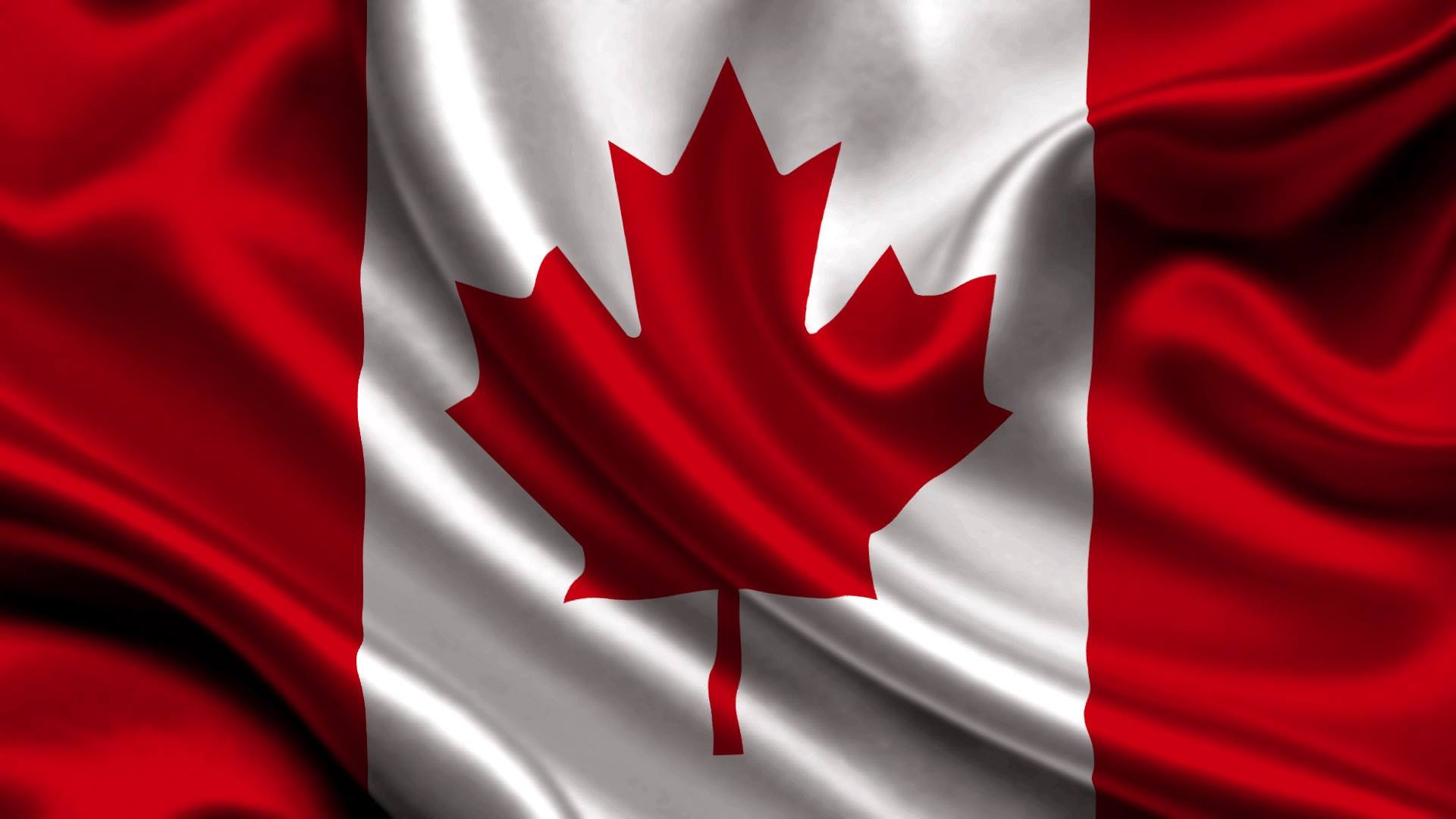Four years ago, on Christmas Day in 2010, China shocked the world when, unexpectedly, hiked its lending and deposits rates by 0.25% in order to battle inflation – only its second such hike in the prior 3 years. Since then things for the global economy haven’t done exactly as expected, and certainly not for China, which as the following chart of constantly downward-revised IMF growth forecasts, has seen its growth rate tumble from double digits to just hanging on to 7%, and dropping fast.
Fast forward to last night, when in another Christmas surprise, China once again decided to adjust the cost of money, only this time instead of hiking it eased, and in an effort to shore up the world’s second-largest economy, China Business News reported that:
- PBOC WAIVES RESERVE REQUIREMENT FOR NON-BANK DEPOSIT
As WSJ adds, at a meeting with big financial institutions on Wednesday, the People’s Bank of China told participants that they will soon be able to add deposits from nonbank financial institutions to their calculations of their loan-to-deposit ratios, according to the executives. The move would add considerably to the banks’ deposits and allow them to lend more.
Why is this a major development? Because as we reported over a month ago, “China’s Shadow Banking Grinds To A Halt As Bad Debt Surges Most In A Decade” in which we explained:
As the following chart shows the main reason for China’s relentless slowdown in its growth pace, which only two years ago was expected to rebound back into the double digits soon (at least according to the IMF), is the ongoing contraction in credit formation, which rising at 13.2% for new loans and 15.4% for TSF outstanding, was the lowest credit expansion recorded in China also since 2005.
So what is the main culprit for the contraction in China’s all important credit formation? In two words: shadow banking. As Bank of America summarizes “shadow banking is being tamed” because “the changing structure of TSF suggests that Beijing’s efforts in controlling some types of shadow banking have made some achievements. Two major drivers for the steep decline of TSF from Sept to Oct were the falling of non-discounted bills (down RMB241bn) and falling trust loans (down RMB22bn). By contrast, new corporate bonds were at RMB242bn, a sharp rise from RMB151bn in Sept.”
…
In other words, China’s shadow banking not only ground to a halt, it actually continued moving in reverse!
…
In other words, as China finally reveals little by little the true extent of its gargantuan bad debt problem (which is far worse than ever in history, although Beijing is taking its time in making the necessary revelations: and after all Chinese banks are all SOEs – if needed they can all just get a few trillions renminbi in in liquidity injections a la the “developed west”), it is also slamming the breaks on the shadow banking system that for years what the sector where marginal credit creation, and thus growth as well as bad debt formation, was rampant.
…
So while it has been widely documented that Japan is doing all in its power to crush the Japanese economy and in the process to send the Nikkei to all time highs, little has been said about a far greater slowdown in domestic (and indirectly global) credit creation using the “China” channel, where shadow banking has just slammed shut.
And with unregulated Chinese Shadow Banking credit creation essentially halted, the PBOC has no other option than to boost traditional credit creation via official loan channels. Which is precisely what the PBOC did overnight:
Currently, deposits from nonbank financial institutions–such as fund managers and securities firms–aren’t part of the loan-to-deposit ratio calculation. Adding those deposits would beef up banks’ total deposit base and enable them to lend more.
Under China’s regulatory requirement, banks in the country can’t lend more than 75% of their total deposits.
At the same time, PBOC officials told the participants at the meeting that banks wouldn’t have to set aside additional reserves for these deposits with the central bank, according to the executives. Big Chinese banks currently need to place 20% of their deposits with the PBOC as reserves, a figure known as the reserve-requirement ratio.
Remember when fractional-reserve banking required that banks retain some of the deposits before they re-lend them out. Fun times.
The WSJ concludes, that the two steps combined would have the same effect as a 1.5-percentage-point cut in banks’ reserve-requirement ratio. Then again, by taking such “alternative” steps, it appears increasingly unlikely that the PBOC will engage in convention rate cuts as it is already struggling with an unprecedented amount of bad loans. From Bloomberg: “The waiver is seen as another move to replace a universal reserve-requirement ratio cut that the People’s Bank of China needs to boost credit and bolster the economy. Concerned that a broad reduction might send out a strong easing signal and bring turmoil to stock market, the PBOC has added liquidity by stealth at least four times in the past four months.”
Naturally, financial pundits in China were delighted with this latest easing. From Reuters:
“The central bank setting a zero deposit reserve for non-banking financial institutions is a positive development for financials, particularly banking shares. Also, funds locked up by IPOs have gotten unfrozen since yesterday, largely improving capital conditions in the market,” said Du Changchun, analyst at Northeast Securities in Shanghai.
Chinese stocks, which had been pricing in further easing by the PBOC for the past 3 months, a period during which the Shanghai Composite soared over 50%, were delighted by the latest easing move and surged even more: the Shanghai Composite Index closed up exactly 100 points, or 3.36%, rising to 3,072.5. This was the biggest jump in three weeks: Industrial & Commercial Bank of China Ltd. and China Construction Bank Corp., the largest lenders, advanced at least 3%.
And since China didn’t actually cut rates, yet, there is continued hope that as China’s economy slows down further, the PBOC will do everything in its power to boost stocks even higher, in other words, mimic the failed policies of its western central banking peers. That and of course, using a “hidden hand” in seeking to boost the economy, because the last thing China wants or can afford, is another bad debt surge. After all, with the recent record spike in non-performing loans, even Beijing is running out of couches and carpets under which it can sweep the trillions in debt that will henceforth exist in limbo: never to be repaid, nor to be acknowledged as being in default.
In short: after the BOJ and the SNB, it was the PBOC’s turn to provide that extra “oomph” for risk and blow the global equity bubble that little bit bigger. And now we await the ECB to go full blown QE in the next few months, in preparation for the Fed to finally hike rates some time in 2015. And the simple reason why every single other central bank is doing everything it can to offset the removal of easy financial conditions by the Fed is because nobody has any idea, or even remembers, what a tightening cycle by the Federal Reserve looks like, or what it will do to global risk assets.





